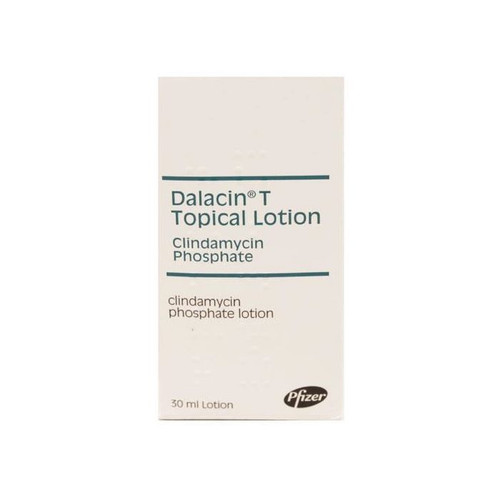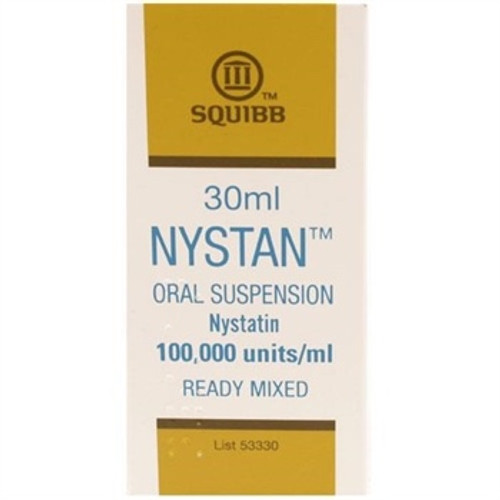Dalacin T Topical is indicated for the treatment of acne vulgaris.
Apply a thin film of Dalacin T Topical Lotion twice daily to the affected area.
Shake well before use.
Topical clindamycin is contraindicated in individuals with a history of hypersensitivity to clindamycin, lincomycin or to any of the excipients listed in section 6.1.
Clindamycin topical is contraindicated in individuals with a history of inflammatory bowel disease or a history of antibiotic-associated colitis.
Oral and parenteral clindamycin, as well as most other antibiotics, have been associated with severe diarrhoea and pseudomembranous colitis (see section 4.8). Use of the topical formulation of clindamycin results in absorption of the antibiotic from the skin surface. Diarrhoea and colitis have been reported infrequently with topical clindamycin. Therefore, the physician should, nonetheless, be alert to the development of antibiotic-associated diarrhoea or colitis. If significant or prolonged diarrhoea occurs, the drug should be discontinued and appropriate diagnostic procedures and treatment provided as necessary.
Diarrhoea, colitis, and pseudomembranous colitis have been observed to begin up to several weeks following cessation of oral and parenteral therapy with clindamycin.
Studies indicate a toxin(s) produced by Clostridium difficile is the major cause of antibiotic-associated colitis. Colitis is usually characterized by persistent, severe diarrhoea and abdominal cramps.
Endoscopic examination may reveal pseudomembranous colitis. Stool culture for C. difficile and/or assay for C. difficile toxin may be helpful to diagnosis.
Vancomycin is effective in the treatment of antibiotic-associated colitis produced by C. difficile. The usual dose is 125 - 500 mg orally every 6 hours for 7 - 10 days. Additional supportive medical care may be necessary.
Mild cases of colitis may respond to discontinuance of clindamycin alone. Colestyramine and colestipol resins have been shown to bind C. difficile toxin in vitro, and cholestyramine has been effective in the treatment of some mild cases of antibiotic-associated colitis. Colestyramine resins have been shown to bind vancomycin; therefore, when both colestyramine and vancomycin are used concurrently, their administration should be separated by at least two hours.
The lotion has an unpleasant taste and caution should be exercised when applying medication around the mouth.
Topical clindamycin should be prescribed with caution to atopic individuals.






